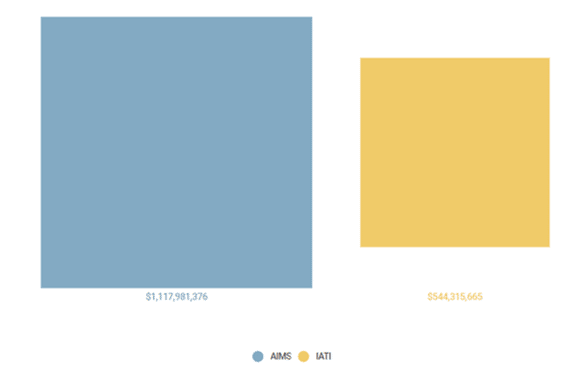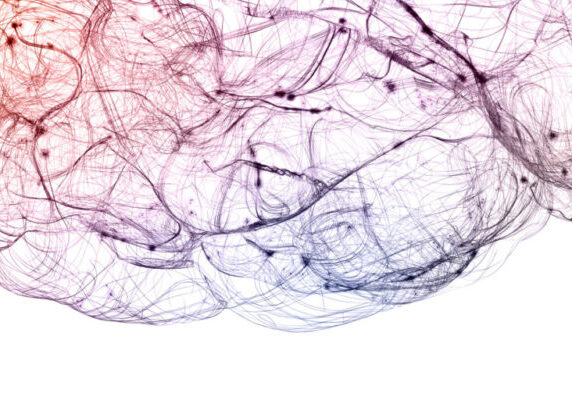4 ways IATI data is informing the global community
What if you could search and access information on over one million international development and humanitarian projects around the world at the click of a button? Our sector has an initiative that does just that.
The International Aid Transparency Initiative (IATI) open data standard provides a platform for sharing project data that is used across international development and humanitarian communities. The data provides an essential window into what projects are taking place where, who’s funding them and what results are being achieved. And this “big” data is free and openly available for anyone to use. The initiative recently celebrated its 800th organisation as a data publisher and as of July 2018 there were 563 civil society organisations engaged in publishing.
Not only are civil society organisations sharing this data, they are also using it. Here are four ways IATI data is informing the sector’s work.
Informing civil society
How data informs the work of organisations is a key tenet of ensuring that publishing IATI data improves on existing data processes.
Oxfam America’s Aria Grabowski worked on a series of trainings with civil society and media groups in Uganda to engage participants in methods of data segmentation and analysis, in a bid to provide participants with access to more information.
Training participants engaged with d-portal, a visualisation platform that provides data publishers and users with the opportunity to take a deep dive into IATI’s 1m humanitarian and development activities. Creating a training space such as this was vital in ironing out areas of uncertainty and provided the opportunity for participants to learn from one another.
Informing journalism
The visibility of IATI as a data source is gaining momentum beyond its use for data publishers themselves.
During this year’s World Press Freedom Day conference in Accra, data journalist Winnie Kamau and UNDP IATI outreach specialist Lea Zoric hosted a workshop for journalists. Building on the conference’s theme of sustainable development, journalists were guided through the data and were given examples of how they could use the information.
Reflections on the workshop were positive, with journalists keen to engage with the data for potential stories. IATI publishers were also encouraged to see this new potential use as an opportunity to improve upon the integrity of their data.
Informing collaboration
Plan Nederland is a part of the Yes I Do Alliance, comprised of five Dutch organisations working to address gender inequality.
The organisation has used the business analytics tool Power BI to create a digital dashboard based on IATI data. The dashboard generates a timely overview of project progress and the delineation of the roles within the alliance. The use of the dashboard has allowed the consortium to have a centralised tool that provides key information along with a consistent structure of data that can be shared across organisations.
Informing decision-making
The global campaign for aid transparency Publish What You Fund has long been an advocate for the use of data to inform decision-making. They have provided examples of how to publish better foreign assistance datasets, based on a project exploring the potential impact of US foreign assistance cuts on four different countries.
Subscribe to our newsletter
Our weekly email newsletter, Network News, is an indispensable weekly digest of the latest updates on funding, jobs, resources, news and learning opportunities in the international development sector.
Get Network NewsAs a first step, Publish What You Fund undertook a data landscaping exercise to understand who was doing what and where. The example of Cambodia reflected the importance of strengthening the datasets, due to the difference in what was recorded between the Aid Information Management System (AIMS) and IATI (as shown below). The reason behind the discrepancy lay, in large part, due to the absence of disbursement information from a few key donors.

From the datasets shown it is clear that IATI cannot be the single source of data, but when used in conjunction with others it can provide key insights which other information management systems are not equipped for. “It’s difficult to get a complete picture of aid flows into a country because not all donors publish their data in a comprehensive, timely, manner – indeed some don’t publish at all,” says James Coe from Publish What You Fund. “However, where it is available it can still provide a lot of useful programme level insights. In some countries, IATI was the only place I could get this information.”
Do you need to publish to IATI or want to enhance your transparency? Check out our online training course IATI data publishing, run in partnership with Humentum.
Category
News & ViewsThemes
Transparency



